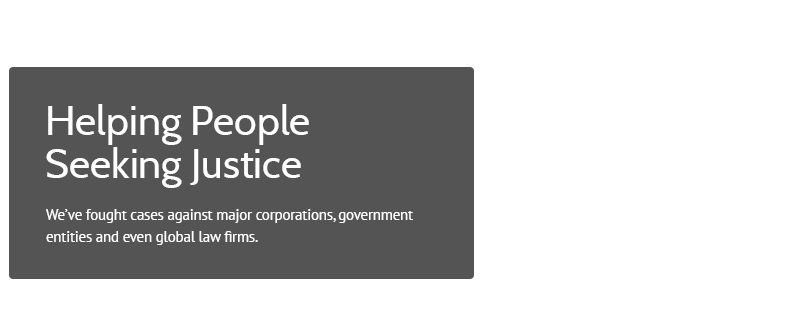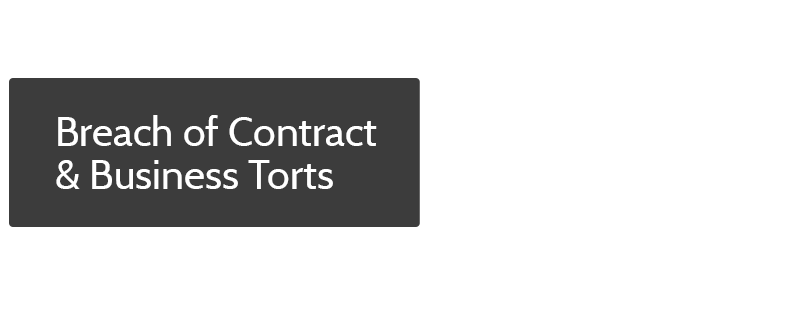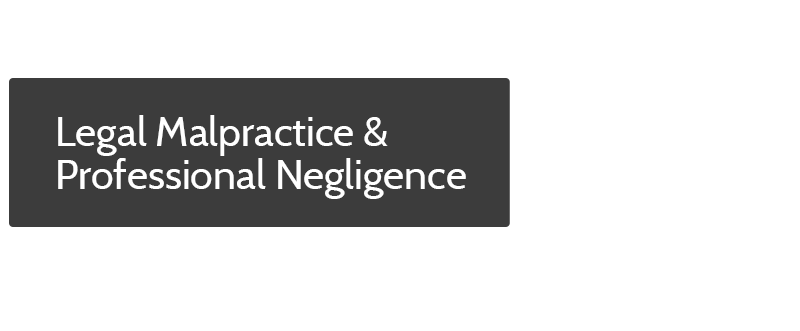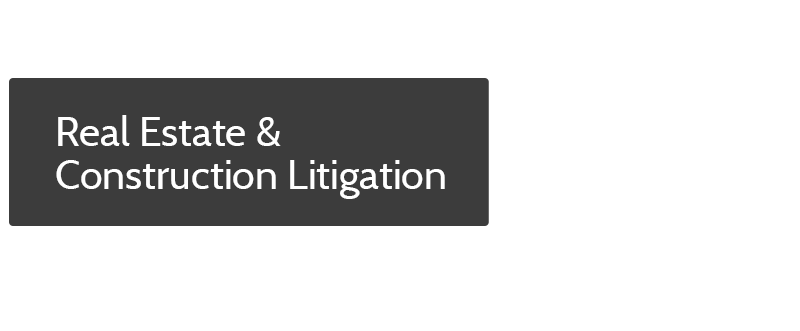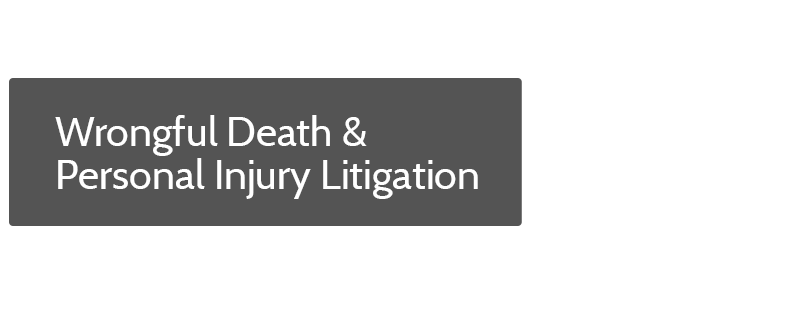Showing “Causation” in Premises Liability Cases
CAUSATION IS A MANDATORY ELEMENT OF A PREMISES LIABILITY CLAIM.
Like most negligence causes of action, premises liability claims require a plaintiff to prove four basic elements:
1. The existence of a duty on the part of the defendant (generally, a property owner, but also sometimes a person or entity in possession or control of land).
2. The defendant’s breach of that duty.
3. Causation: proof that the defendant’s breach of duty is responsible for harming the plaintiff.
4. The plaintiff suffered damages (as a result of the defendant’s breach of duty).
PLAINTIFFS MUST PROVE THE DEFENDANT’S CONDUCT WAS A LEGALLY RECOGNIZED CAUSE OF THE PLAINTIFF’S DAMAGE.
A plaintiff in a premises liability case must not only demonstrate that (s)he suffered damage or injury as a result of a defective or dangerous condition on the premises, but also that the defendant’s lack of care (or breach of a legally-recognized duty) was the proximate cause of the injury or damage.
In many cases, the plaintiff can meet this burden by demonstrating, through admissible evidence, that the defendant’s breach of a legally-recognized duty was either the direct cause of, or at least a “substantial factor” in, causing the plaintiff’s injury.
The fact that injury (to the plaintiff or others) was “foreseeable” does not, by itself, establish causation. The law recognizes a difference between a likelihood of someone being hurt and the actual (or legally recognized) reason why this plaintiff actually was hurt. In order to prevail, the plaintiff must demonstrate that the defendant’s conduct led, in a legally recognized manner, to the actual harm the plaintiff suffered.
ONCE CAUSATION IS PROVEN, THE DEFENDANT MAY BE HELD LIABLE FOR ALL RESULTING HARM.
Generally speaking, once a plaintiff proves causation–as well as the other mandatory elements of a premises liability or other negligence-based claim–a court is likely to hold the defendant liable for all injuries and damages proximately caused by the defendant’s negligent conduct. This is important to note, because courts customarily do not limit the defendant’s liability to “foreseeable harms.” If the plaintiff proves the requisite causal link, the defendant normally can (and often will) be held liable for all harm actually resulting from and caused by the defendant’s negligent acts.
***
Disclaimer: THIS ARTICLE IS FOR INFORMATIONAL PURPOSES ONLY, AND DOES NOT CONSTITUTE LEGAL ADVICE OR CREATE AN ATTORNEY-CLIENT RELATIONSHIP BETWEEN THE AUTHOR AND ANY PERSON. Your rights and experiences may vary. Never use an online article (including this one) to evaluate your legal claims. Speak with an experienced lawyer promptly to obtain a personalized evaluation of your claims, possible damages, and options. You may lose or compromise your rights if you delay in consulting legal counsel. Negligence and premises liability claims are complicated and fact-dependent. If you believe you have a claim against a property owner who permitted or failed to repair a dangerous condition, or any other type of legal claim, consult an experienced lawyer immediately for an evaluation of your possible rights and claims.




